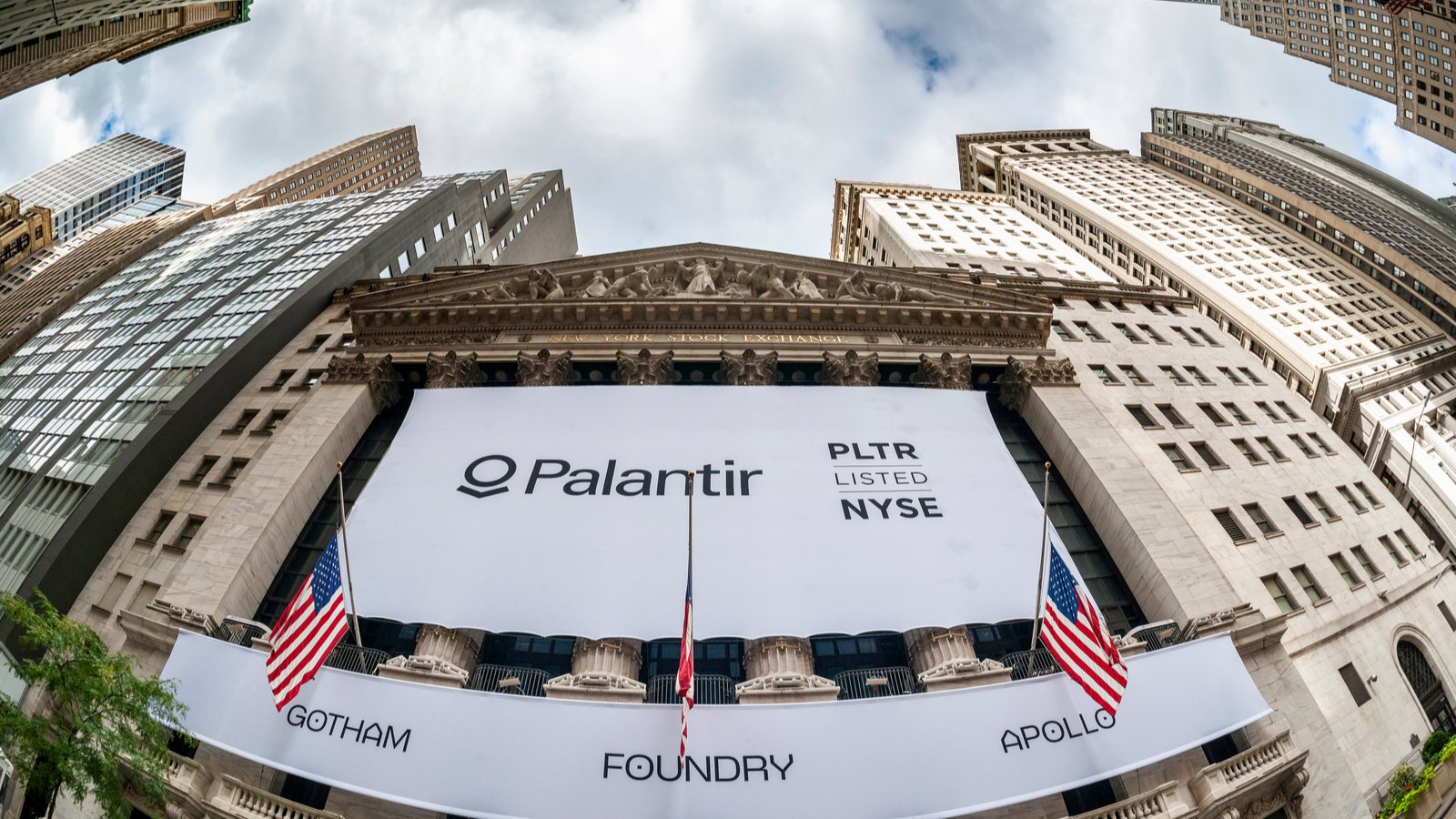Recently, two prominent Wall Street firms soured on Palantir Technologies (NYSE:PLTR). What’s more, there is an additional red flag that’s come up in my analysis aof the company. As such, I continue to recommend that longer-term investors sell their shares of PLTR stock.

Over the last month, Citi and Credit Suisse both downgraded the shares to a sell rating or the equivalent. Both firms cited valuation as one of the key reasons for their decision. And they raised other concerns as well, like a large supply of shares becoming free to trade on the market.
So, with overconfidence in the name right now and multiple obstacles on the horizon, here’s why it’s time to let go of Palantir.
PLTR Stock: A Closer Look at the Downgrades
On Jan. 13, Citi analyst Tyler Radke cut PLTR stock to “sell” from “neutral.” In addition to valuation, Radke cited “the lapping of Covid-19 related contracts” this year and in 2022 as a reason for his downgrade. In other words, Palantir received some contracts as a result of the pandemic, so its growth is likely to slow in the near future as the outbreak eases.
I’ve also noted before that Palantir appears to have a meaningful amount of tough competition. Radke seems to agree, stating that the company will have trouble growing because of “best of breed competition.” Radke increased his price target on the shares to $15 from $10, but they are trading well above that target now at about $26.
But Radke is not the only one who’s bearish on PLTR. On Dec. 18, Credit Suisse’s Brad Zelnick lowered his rating on the stock to “underperform” as well. Zelnick noted that the company’s “valuation [is] disconnected from fundamentals” and the stock is well ahead of itself. Additionally, the analyst warned that Palantir could be hurt by customer companies being reluctant to spend a great deal of money on contracts going forward.
Finally, Zelnick pointed out that 80% of the company’s shares will be eligible to be sold for the first time next month. The analyst raised his price target on PLTR to $17 from $13.
Another Red Flag for Palantir
Back in June 2017, a joint venture between Palantir and Credit Suisse (NYSE:CS) called Signac was disbanded. The venture developed software to identify traders and wealth management advisers who were violating rules. Signac, however, was unable to meet its financial goals, reportedly because it delayed recognizing revenue until it had shipped its products.
I believe, however, that if there had been strong demand for Signac’s products then the plug would not have been pulled. After all, Credit Suisse is not tiny — it’s cash flow wouldn’t have been derailed by such a small tech venture. In fact, it’s a fairly large financial institution with a market capitalization of $33 billion.
So, while the Signac fallout is old news, the fact that the bank did not stick with Palantir indicates that the software maker’s products may not be so awe-inspiring. Basically, the Signac deal is a hint that the company’s pipeline isn’t as differentiated as the PLTR stock bulls may believe.
And this is not a standalone occurrence. In a previous article on Palantir, I described another case in which a client did not seem so enthused about the company’s products:
“[I]n 2017, Home Depot (NYSE:HD) stopped utilizing Palantir’s products, according to CNBC, which cited BuzzFeed. The retail giant decided to end the three-year relationship because Palantir’s offerings “weren’t worth the price,” according to the cable business news channel.”
So, taken together, these two anecdotes suggest that Palantir’s technology isn’t so vastly superior to that of the competition.
Bottom Line
Right now, Palantir trades at a huge trailing price-sales ratio of 45.48. It also has a large market cap of $48.8 billion. But I remain unconvinced that its outlook justifies the current valuation.
Put another way, the company’s competition and lack of strong differentiation will prevent it from meeting elevated expectations. To me, that makes PLTR stock a no-doubt sell.
On the date of publication, Larry Ramer did not have (either directly or indirectly) any positions in the securities mentioned in this article.
Larry Ramer has conducted research and written articles on U.S. stocks for 13 years. He has been employed by The Fly and Israel’s largest business newspaper, Globes. Larry began writing columns for InvestorPlace in 2015. Among his highly successful, contrarian picks have been GE, solar stocks, and Snap. You can reach him on StockTwits at @larryramer.
